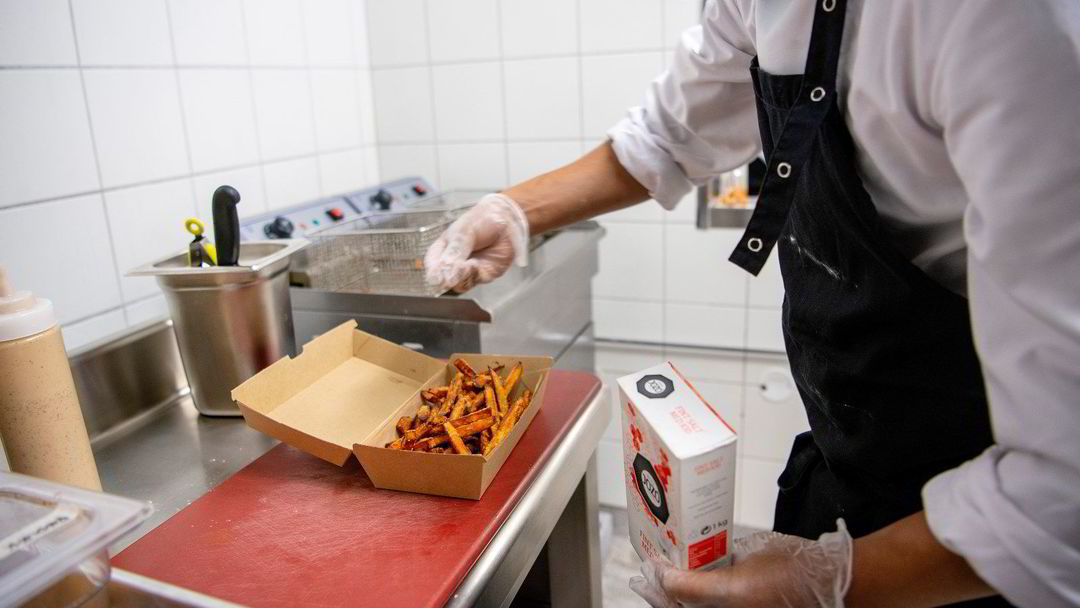When the Spinning Jenny spinning machine appeared in the 1760s, did the revolutionary invention become a havoc for humanity? What about a tractor, threshing machine, or steam locomotive?
There were, of course, opponents who opposed and feared these innovations of their time. In our time, one sees a constant fear of new technology such as artificial intelligence (AI) “theft” and the abolition of a number of jobs. On the contrary, I think this would be a boon for a labor market that demands more free hands.

Valery Naumova
The Industrial Revolution “changed everything” in its time. In a relatively short time, new machinery, mechanics, and engineering skills took over a number of manual tasks. The result, correctly, was that the machines “stealed” old jobs from the workers.
However, history tells us that the long-term result has been value creation, development, and many new (and better) jobs that did not exist before.
This great Norwegian Lexicon writes about the Industrial Revolution: “The demand for labor in industry was great, and the men who had been made redundant in the traditional industries found work in the new industry. This is also true of the many women and children, who formerly produced consumer goods in the homes”.
I think this is quite similar to the current situation, where new and ground-breaking technology is ready for launch.
Statistics Norway has measured the unemployment rate in Norway to be the lowest in 14 years. And according to Manpower’s survey on talent shortages, we see that as many as seven out of ten company managers are unable to find the skills they need. Work has become a rare commodity – globally, but also here in Norway.
There is a lot of attention to underemployment. In particular, we’ve seen this in industries that have been hit hard during the pandemic, such as the restaurant industry.
The World Economic Forum released the report “Future of Jobs Report 2020” which estimates that by 2025, 85 million jobs could be replaced by a change in the division of labor between humans and machines. To some, this sounds like a horror movie. I think on the contrary.
The same report also says that more roles will be opened as a result of this shift – 97 million to be exact. The big question, of course, is: What jobs will be created – and which will disappear when machines (robots) take over?
McKinsey Report “Where machines can replace humans – and where they cannot (yet)” He identifies three areas subject to automation when considering technological capabilities alone. This is in the restaurant and retail industry and within the production of goods that have predictable activity.
Throughout the pandemic, we’ve seen QR codes replace and improve ordering and payment processes in the catering industry. It works very well. Many companies (and employees) don’t want to go back to the old system.
Now guests don’t have to wait for the waiter to get a menu or pay – or just get the receipt. The queues are shorter, the waiting time is less – and the waiters can focus on the guests in a new and better way. This is an increase in efficiency for those in the catering business, but it is also an improvement for the customer who doesn’t have to wait long for an order.
We must make sure to develop this thinking. For example, can a chatbot or avatar recommend a specific type of dish – perhaps based on your personal preferences? Or can we use robots to get food from the kitchen to the table, which some canteens are currently testing?
More people are looking to the possibilities of using robots to assemble simpler dishes, such as hamburgers and salad.
The big question is how many people can we free up with this kind of technology.
According to Statistics Norway, there are approximately 7,500 companies in Norway that operate restaurants or bars. These have a total of 59,000 employees. Assuming that 10-20 percent of the workforce can be freed up with new solutions, we can probably free up the tasks of about 10,000 people.
In today’s market, there are probably a lot of people already missing in this industry.
Before us are the possibilities – and the world is crying out for changes that free heads and hands. Let’s make it possible for Norway to take the lead and become a leader in the practical use of machine learning, robotics and artificial intelligence.
Let the revolution come!
QR codes have replaced and improved ordering and payment processes in the catering industry. It works very well
(Conditions)Copyright Dagens Næringsliv AS and/or our suppliers. We would like you to share our cases using the links that lead directly to our pages. All or part of the Content may not be copied or otherwise used with written permission or as permitted by law. For additional terms look here.

“Web specialist. Lifelong zombie maven. Coffee ninja. Hipster-friendly analyst.”




